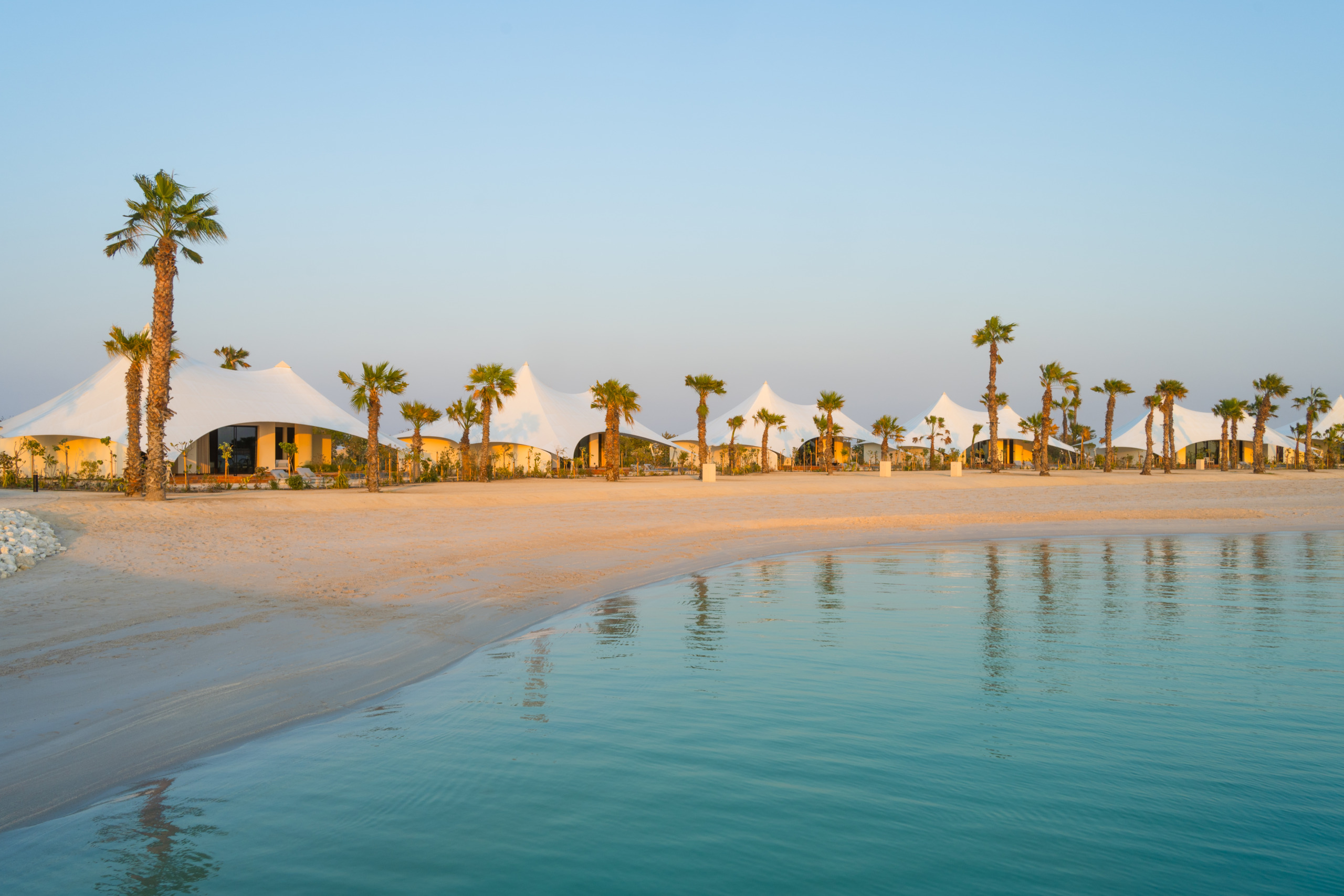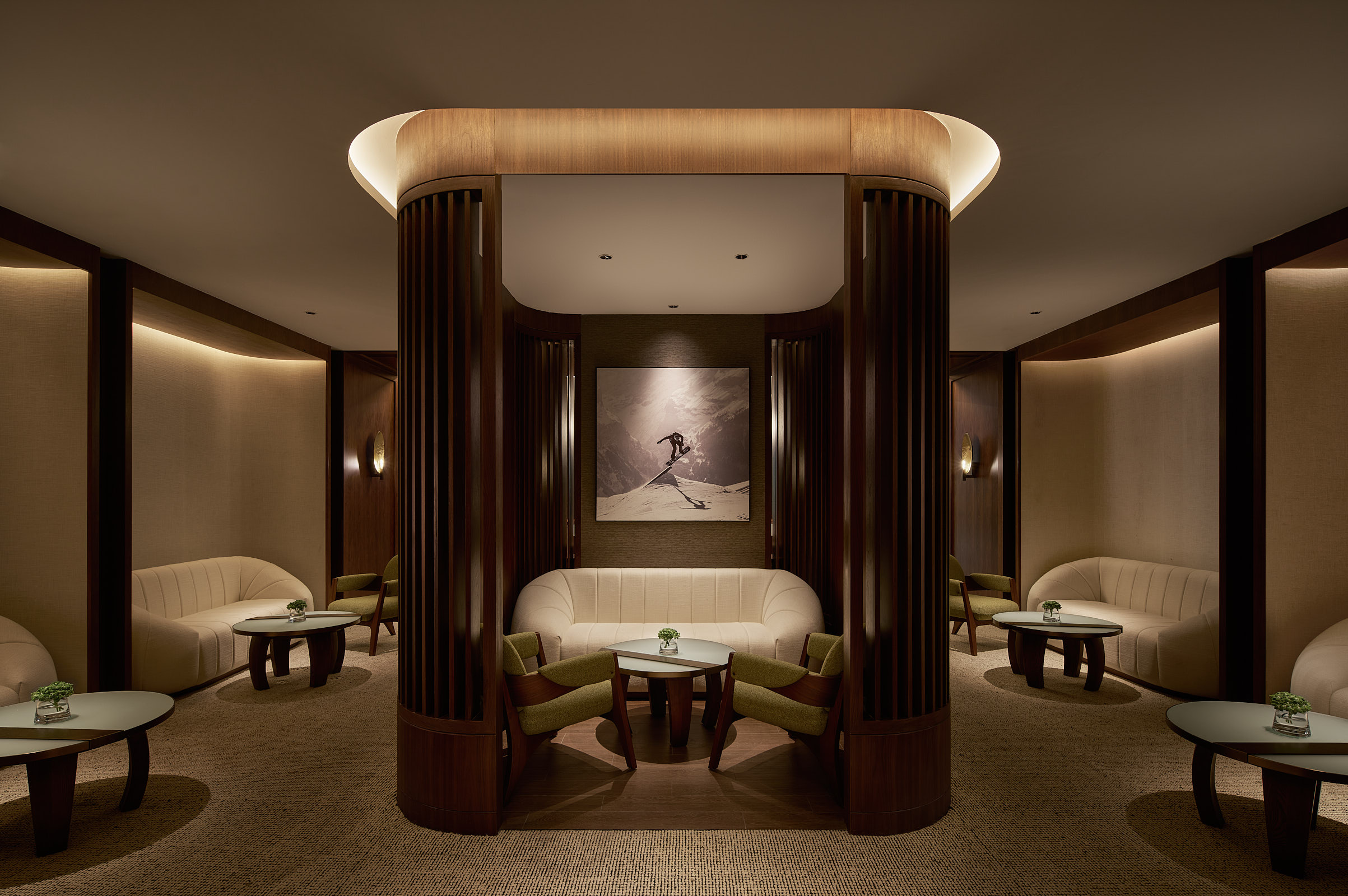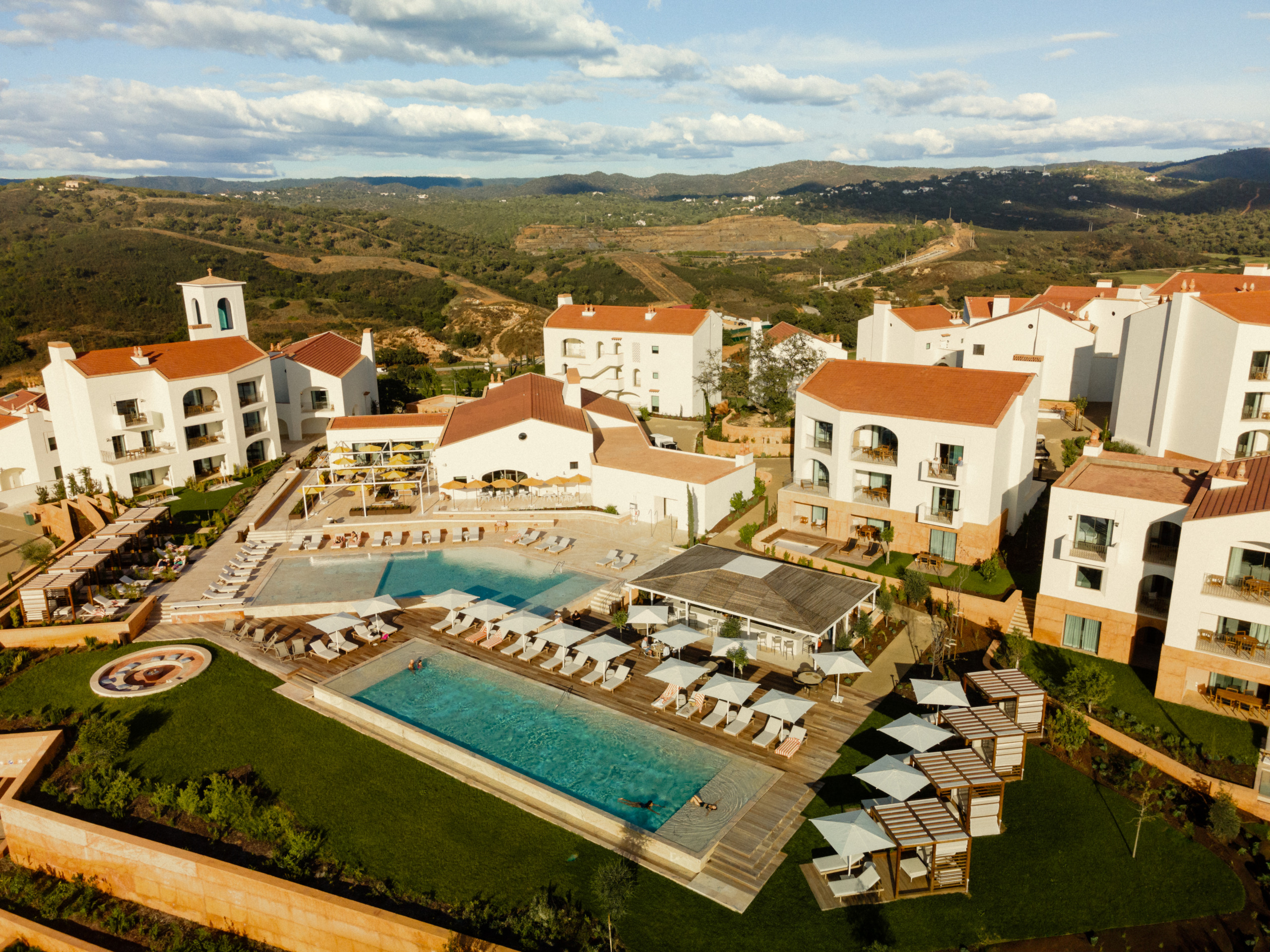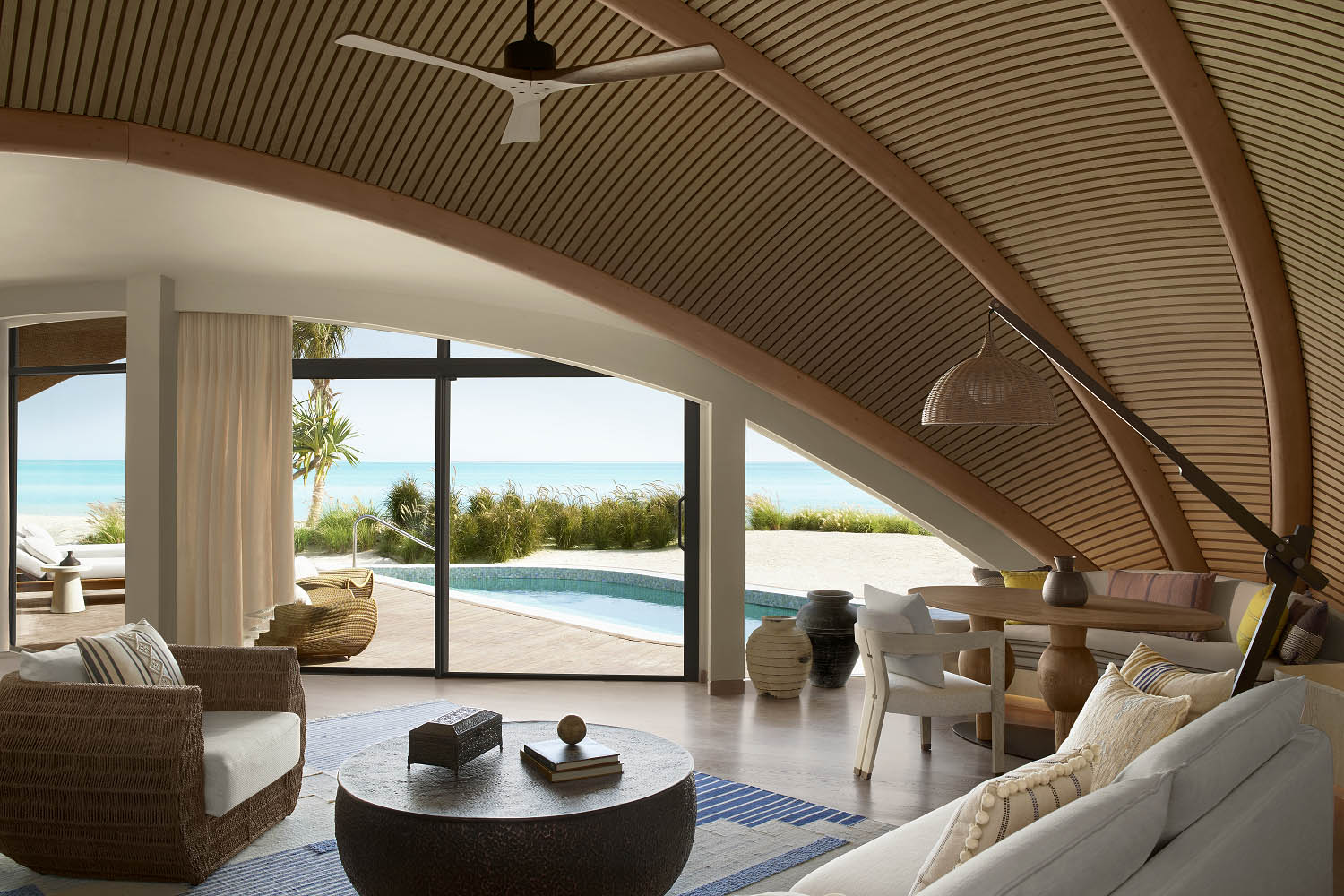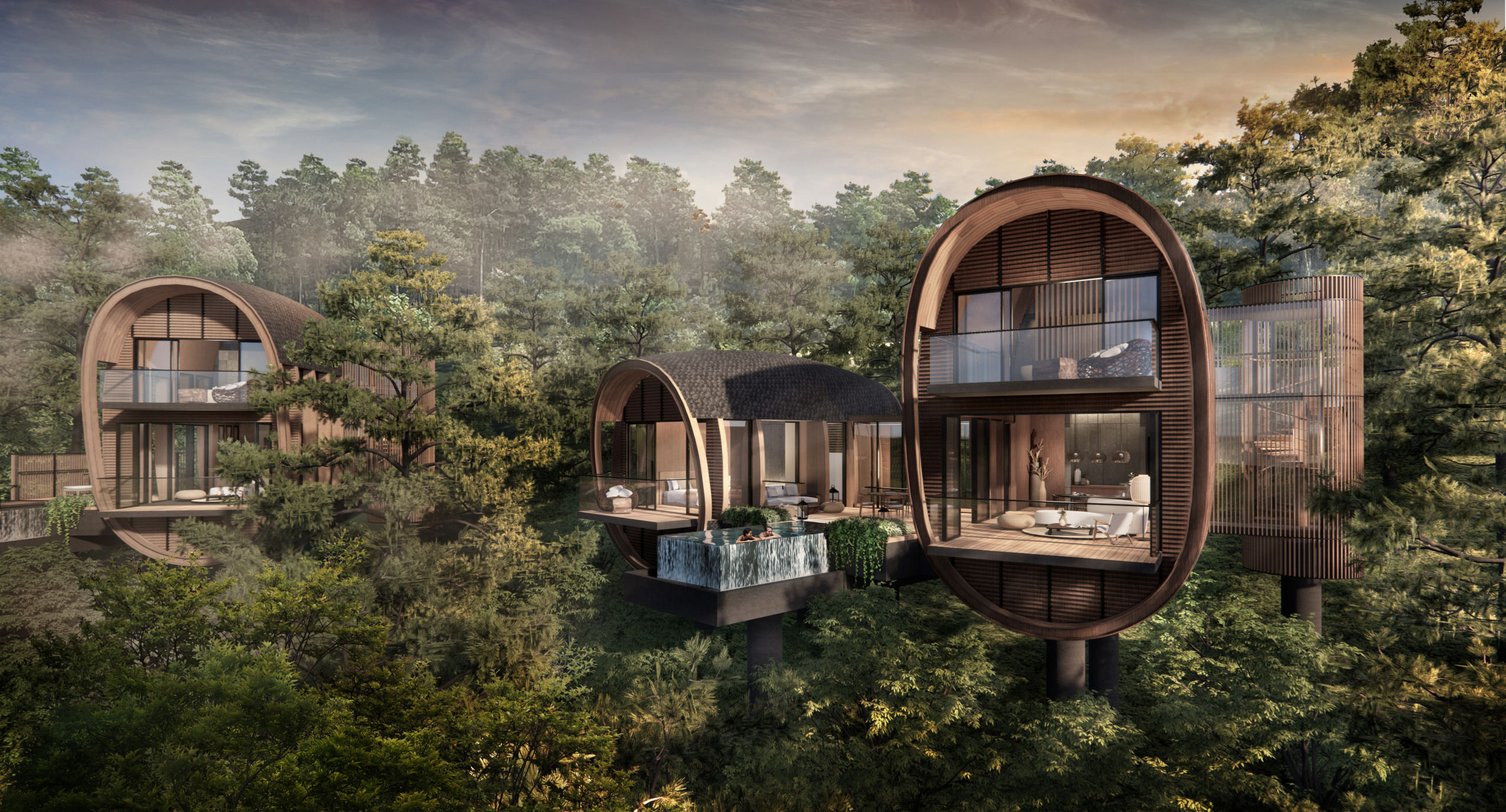How do you design and deliver world-leading luxury hotels and resorts? Edouard Gillon, Associate Principal, recently revealed all to an audience of Glion Master’s students as a guest lecturer, in conversation with Sharòn Cohen Moore. This article distills key takeaways from his presentation, offering a behind-the-scenes look at the principles, challenges, and creative strategies that shape exceptional luxury hospitality experiences.
“It was such an honor to have such a high-profile name as our guest,” says Sharòn. “WATG is one of the more interesting design studios and is at the forefront of hotel and resort development. In particular, we were incredibly keen to hear Edouard’s thoughts on the last 20 years in the industry and what he believes are the trends that will shape its future.”
Designing for guests
At WATG, our design approach to each luxury hotel is always unique to the project in question and we often start by investigating the brief from the perspective of the guest experience.
The luxury hospitality sector, valued at $219 billion in 2024, has rebounded beyond pre-pandemic levels, driven by a surge in demand for unique, high-end travel experiences. The global luxury market (goods & services) reached $1.54 trillion USD in 2024, with a shift in consumer spending from tangible goods to luxury experiences such as travel and wellness.
Understanding the psychographics of today’s affluent travelers from experience-seeking Millennials to globally mobile UHNWIs is crucial for designing destinations that resonate. These consumers value curiosity, joy, and awe, with 77% seeking exploration, and 65% prioritizing joy and happiness in their travel experiences.
Our job is to support our client in creating their vision, while also acting as guardians of this vision throughout the process, from the technical stages to design delivery, construction and operation. Since every project is distinct and we’re aiming to create memorable moments, fulfilling our role requires rigorous discipline, thorough analysis and a great relationship with the client.
The crucial part, the learning, really starts with the questions and answers. An ongoing and open dialogue with the client is so important. When we debate and interact, as happens in our design process, that’s where we gain genuinely useful insights.
We’re aiming to create memorable moments, which requires rigorous discipline, thorough analysis, and a great client relationships.
Getting the brief right
Each briefing process is unique, and it’s essential that we respect and adapt to the dynamics of each client relationship. For some major luxury resorts or hotels, the briefing phase can take up to a year, depending on the complexity of the project, the stakeholders involved, and the location.
In many cases, especially with renovation projects, construction must ensure minimal disruption to guests and ongoing services. This means planning around peak occupancy periods and phasing work in a way that allows the hotel to remain open and functional throughout.
The briefs we receive can range from highly detailed to relatively open-ended. We collaborate with a diverse spectrum of clients, from heads of state and investors to global hotel brands, each bringing a distinct vision and set of priorities.
Location, Location, Location
Location plays a critical role in design development, as the key variables of a project can vary significantly from one place to another. What proves effective in Egypt may not necessarily succeed in London, Tokyo, or New York. Therefore, it’s essential to guide clients through a tailored journey, demonstrating how to optimize the project and make informed decisions based on the specific demands and opportunities of their location.
It can be the same with certain features too. For example, if a client wants a tower to reduce their footprint, there may be an alternative way to deliver it that would work better with their specific project.
In the end, there are no shortcuts. As designers, it falls to us to capture all the elements that make projects unique from a guest experience perspective while also considering the region and the environment. The latter is extremely important, because each project has an impact on local communities.
A tailored journey, demonstrating how to optimize a project and make decisions based on the demands and opportunities of the location.
Sustainability matters
As designers, sustainability is a fundamental responsibility that requires deep understanding, continuous learning, and integration at every stage, from design and construction to operation. WATG recently appointed Eric Carbonnier as Global Director of Sustainability, and there is an in-house sustainability engineer assigned to every project. Additionally, there is now software available allowing design teams to assess how buildings behave and how to deliver the most sustainable proposition possible within that specific region.
It’s important for us to look at materials and sourcing to reduce the carbon footprint. This can include factors such as wind, which can help ventilate buildings and reduce electricity consumption.
This, once again, is a crucial element of the conversations had with the client. Designers must challenge projects from the outset, while also trying to offer alternative solutions that can mitigate the potential effects of a project. Sometimes it’s better to be working with a client to be able to influence their decisions than to turn down a project outright.
Sustainability is a fundamental responsibility that requires deep understanding, continuous learning, and integration at every stage.
Today, luxury is about nuance. It’s the sensory-rich moments and subtle, intentional details that make a space feel special.
Design sensibility
Humans experience the world through five senses, and these are essential considerations in the design of a hotel. Creating a luxury experience means considering tactility, sightlines, sound, lighting, and scent.
In the past, luxury was often defined by scale. Large bathrooms or expansive spaces were seen as markers of prestige, allowing hotels to promote them as premium features and increase revenue. But over the past couple of decades, that perception has shifted. Today, luxury is about nuance. It’s the sensory-rich moments and subtle, intentional details that make a space feel special.
Now, the overall ambiance matters more than size. For example, when designing a restaurant, a thoughtful designer will start with the menu and the chef’s vision, then shape the space to reflect and elevate that experience. This holistic approach to design, one that harmonizes every element of the environment, is a truer representation of modern luxury.
By combining deep consumer insights with a forward-thinking lens, WATG proactively shapes the future of luxury hospitality —enabling us not just to respond to change, but to lead it through intentional, human-centered experience design.
About The Author
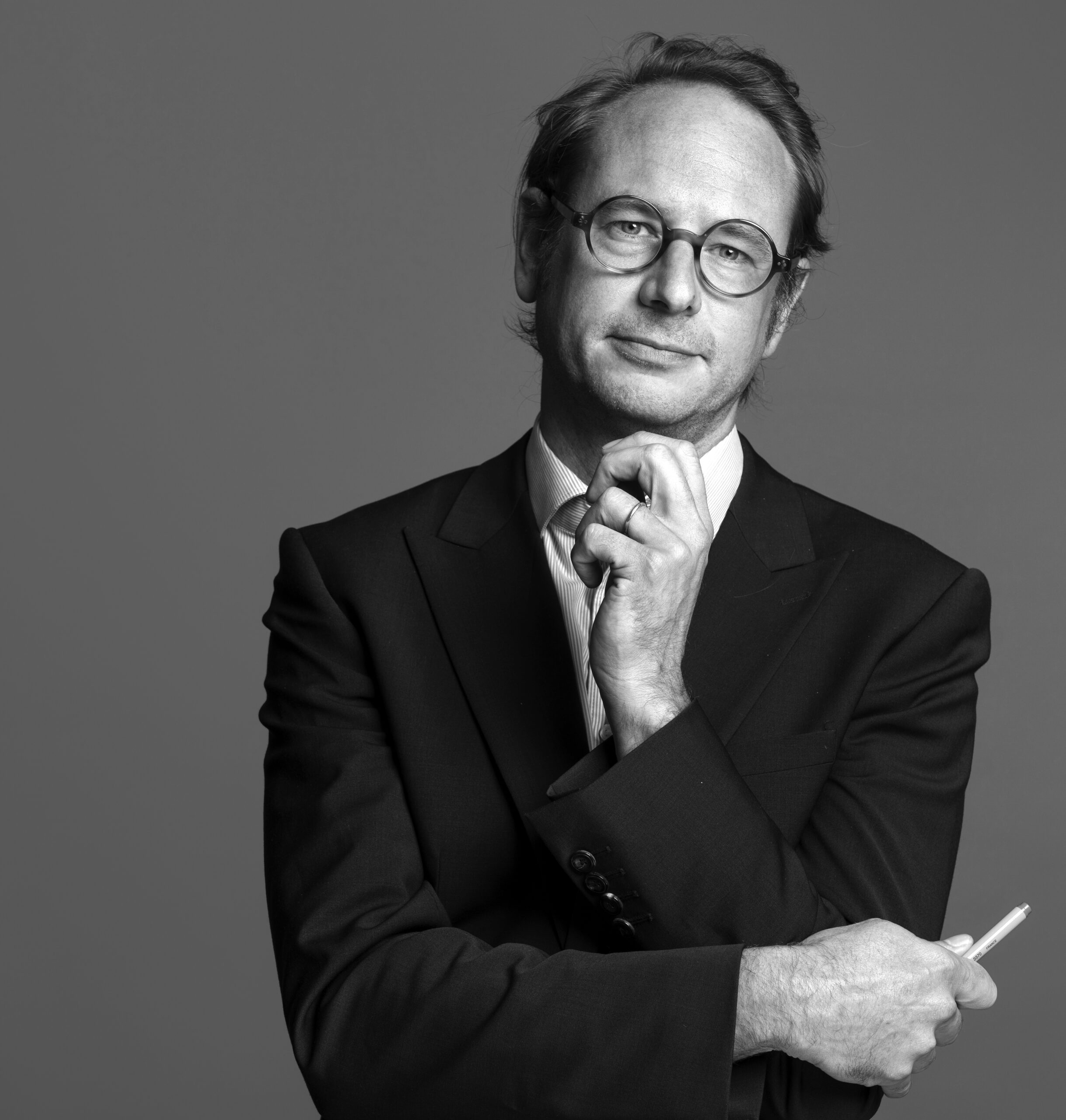
Edouard is a creative and dynamic architect, whose field of expertise lies in urban, structured and complex high-rise buildings. His project experience includes concept through to detailed design on residential, mixed-use and resort destinations in Europe, Africa, the Middle East and Asia.
Latest Insights
Perspectives, trends, news.
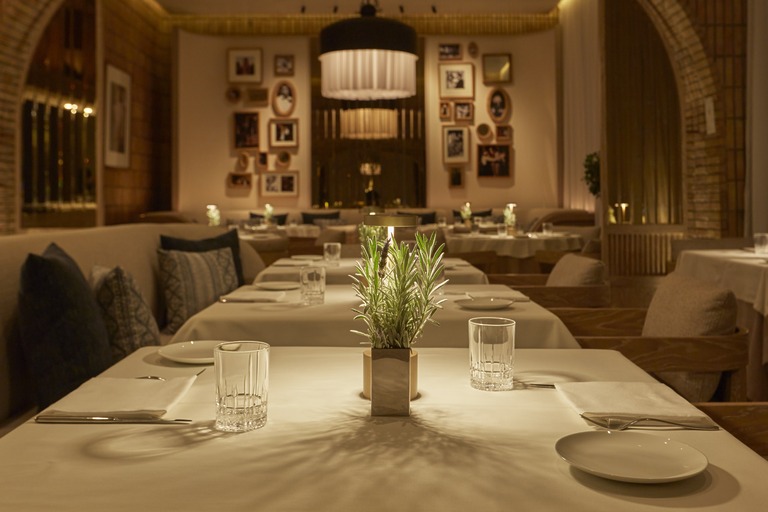
- Employee Feature
Beyond the Brief: Storytelling and the Importance of Crafting Food and Beverage Experiences
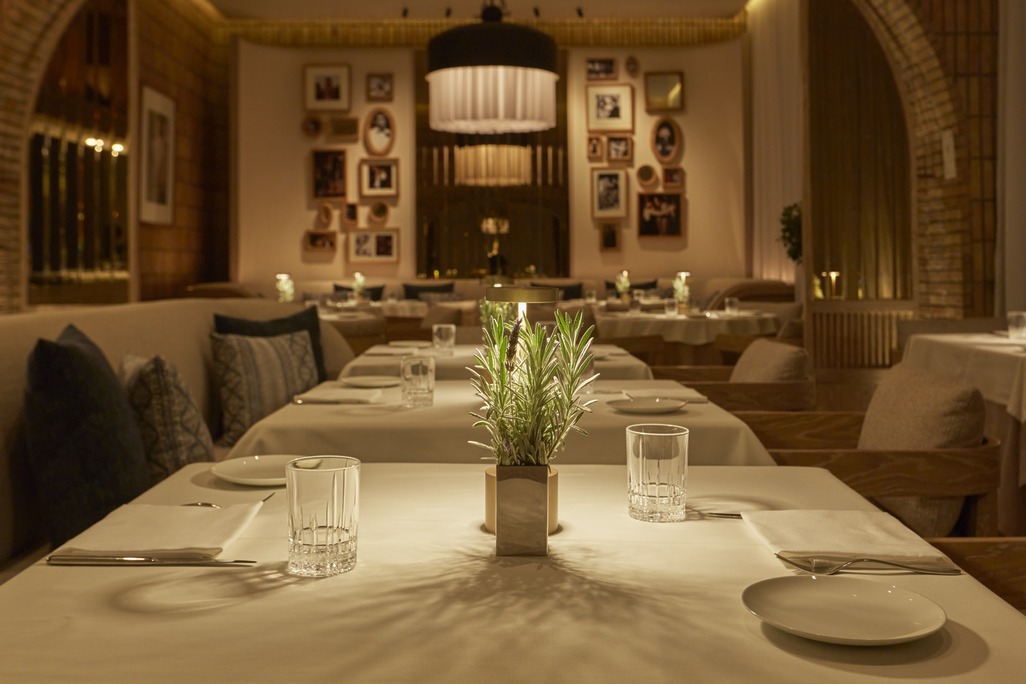
- Employee Feature
Beyond the Brief: Storytelling and the Importance of Crafting Food and Beverage Experiences
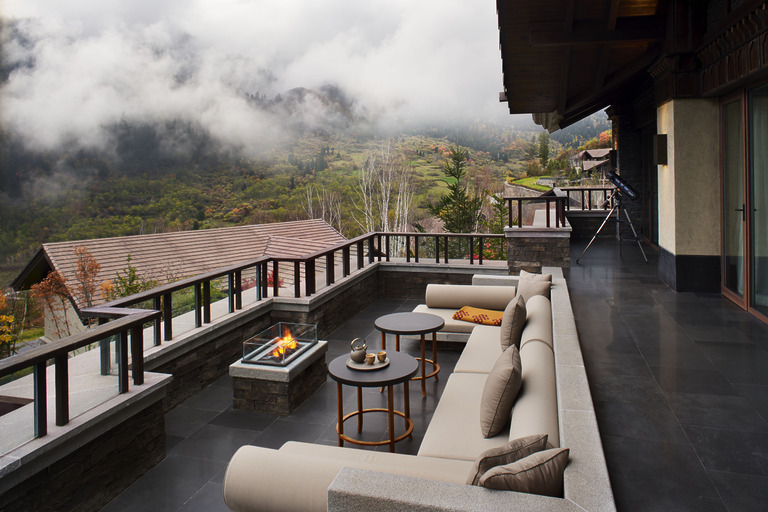
- News
WATG + Wimberly Interiors’ Michelin Key Hotels 2025
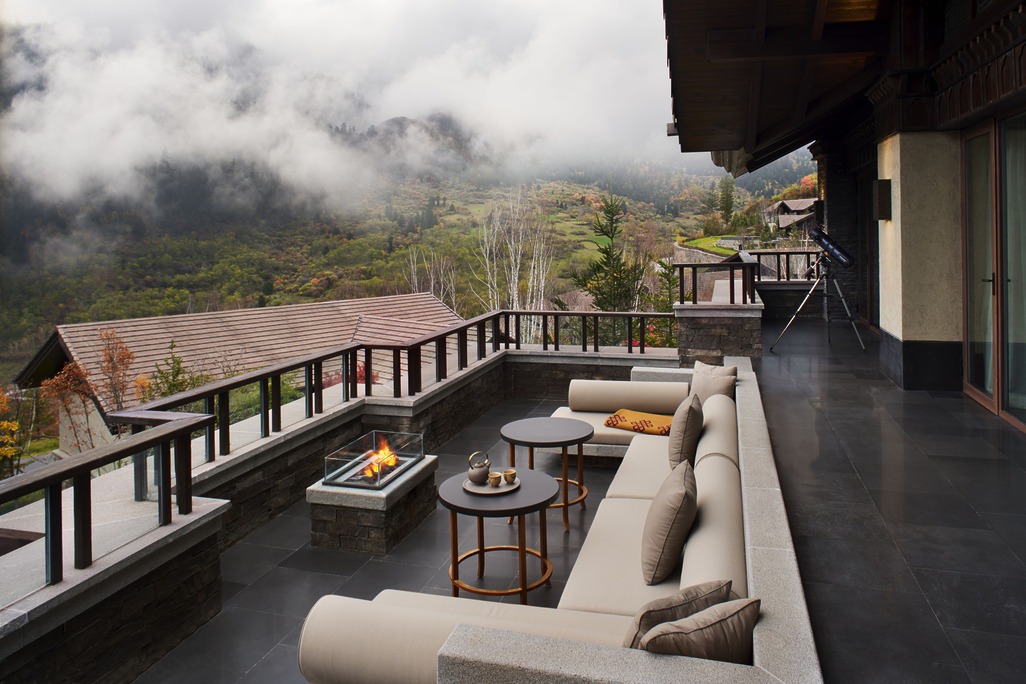
- News
WATG + Wimberly Interiors’ Michelin Key Hotels 2025
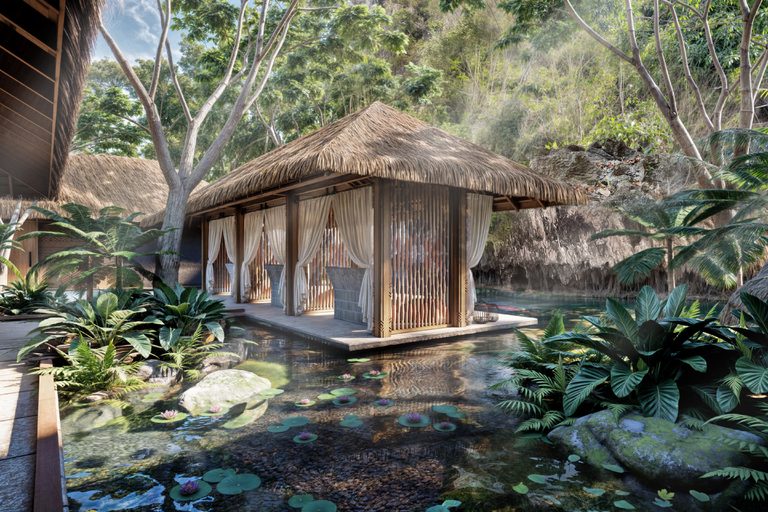
- Strategy & Research
Measuring Carbon in Design: Beyond Energy Toward Whole-Life Impact
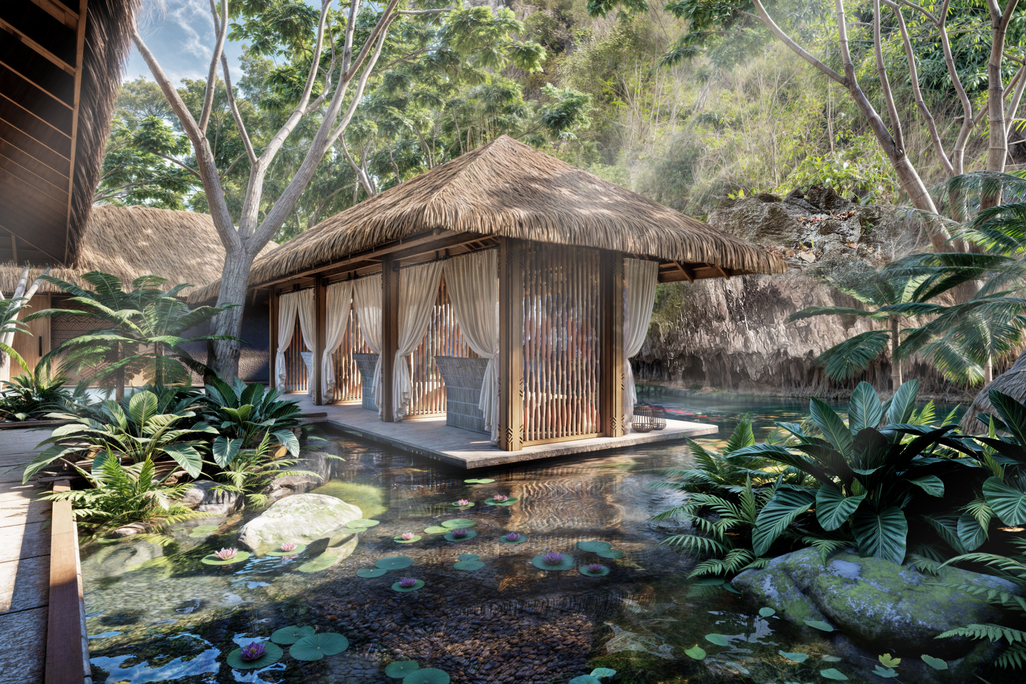
- Strategy & Research
Measuring Carbon in Design: Beyond Energy Toward Whole-Life Impact
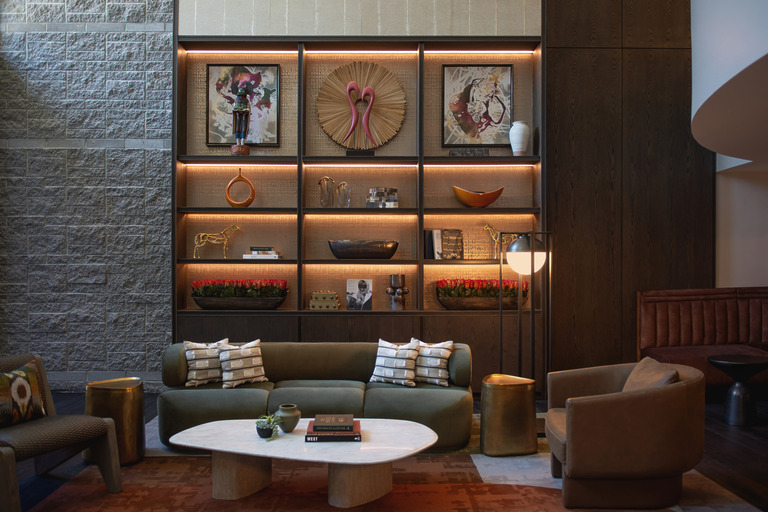
- News
Fall Interior Design Trends 2025
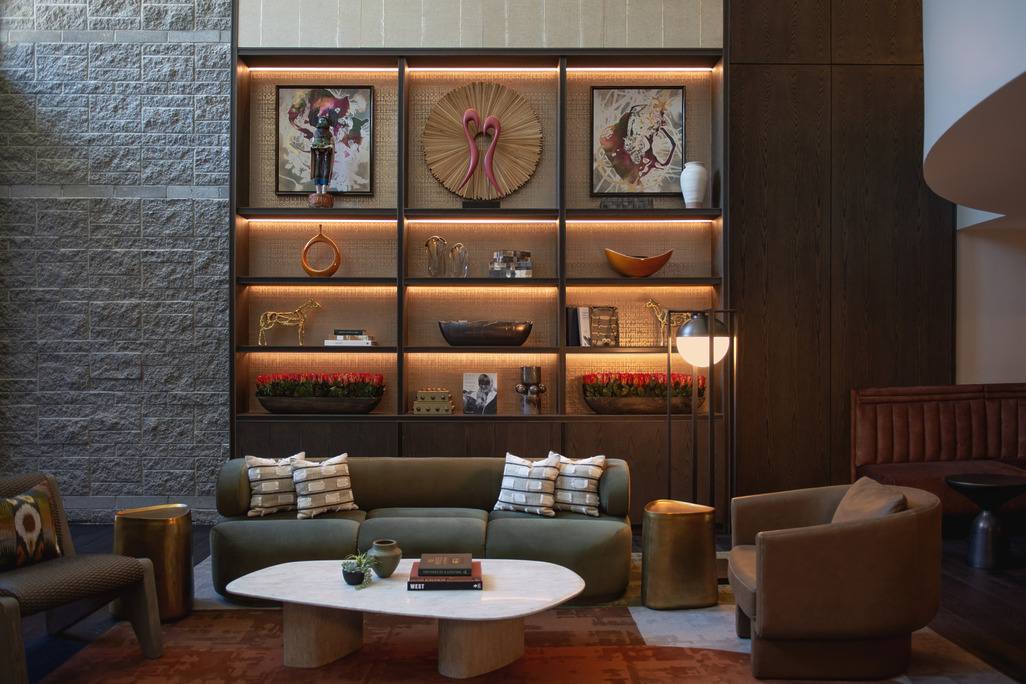
- News
